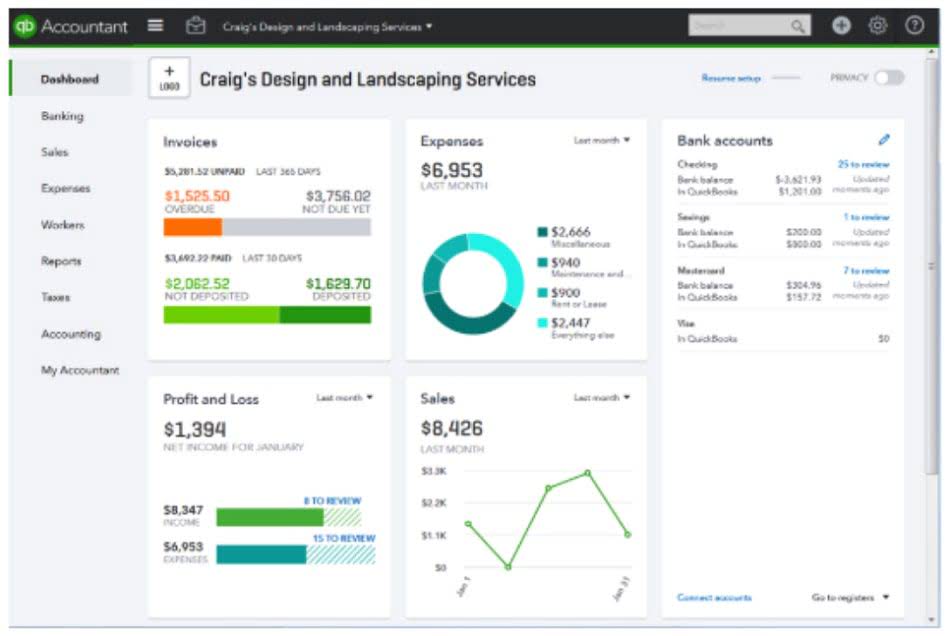
You can set rules to automate your church accounting such as rules to automate payments, categorize transactions and auto-charge cards for recurring transactions. Explore essential tax guidelines for churches, covering exemptions, income, contributions, and compliance to ensure smooth financial operations. Many churches have over-zealous church secretaries or administrators who assume accounting duties. While they have the best of intentions, they don’t know the ins and outs of accounting for churches like the professionals at Marshall Jones. Reach out today to learn more about the services Marshall Jones offers for faith-based organizations and churches. Whether to hire or outsource a church accountant depends on the organization’s specific needs, budget, and circumstances.
Benefits of Church Accounting
By segregating financial resources into separate accounts, or “funds,” this system enables organizations to closely monitor and report on the performance of each fund. As a result, fund accounting plays a crucial role in maintaining the trust of donors, stakeholders, and regulatory bodies by providing a clear and accurate picture of an organization’s financial health. The primary purpose of church accounting is to advance the mission and vision of the church. This includes managing donations, tracking ministry funds, and maintaining transparency for members. Nonprofits and churches rely solely on donations, tithes, and offerings from members and donors for funding their ministry.
Net Assets

The primary focus is not on generating profit but on supporting the congregation and society’s members through accountable financial management practices. This is why accountability is the cornerstone of their accounting approach. The statement of activities is a vital financial report for a non-profit organization that offers a comprehensive view of its financial performance. It differs from the income statement used by for-profit businesses, with a focus on financial accountability, transparency, and alignment with the organization’s mission and objectives.

Recordkeeping and Reporting
Fund-based accounting is a specialized accounting method commonly used by churches and nonprofits with multiple funds or “buckets”. These “buckets” help you and your leaders know what purpose that money will serve your church. This article will dive into how churches record and categorize income and expenses, track tithes, offerings, and donations, and even generate detailed financial reports. Work with church leaders to prioritize essential expenses like staff salaries and building maintenance, followed by ministry and outreach programs. Church Accounting Software is designed specifically to meet the needs of churches.

Creating an Operating Budget for Your Church
Some churches use accrual accounting, which is recording income and expenses when they are payroll earned. An alternative to accrual accounting is cash accounting, which entails recording income and expenses when they are received or paid. However, some lenders require accrual accounting for their clients, including church clients, per generally accepted accounting principles (GAAP). Quicken is best for churches needing full-featured premium accounting software on a tight budget.

Learn about how Jitasa’s church accounting and bookkeeping services will help you reach your goals. Regularly review and adjust the budget as needed to ensure effective stewardship of resources. By comparing actual expenses against budgeted amounts, churches can identify areas of overspending and underspending and make adjustments as needed. Donation entries are recorded separately so each donor gets credited for their contribution. It’s best to have your donation management software open as you count the tithe so that you can count and record everything at once.
- By maintaining separate funds for designated donations, churches can ensure that contributions are used following donors’ intentions and aligning with the church’s mission.
- Regularly review your budget to track actual income and expenses against your projections.
- As 501(C)(3) entities in the US, churches are subject to specific regulatory requirements that differentiate their accounting practices from other organizations.
- Managing employee compensation and benefits requires balancing tax obligations with staff well-being.
- Regularly review and adjust the budget as needed to ensure effective stewardship of resources.
- Here are some quick examples of your church’s revenue sources and how you can track them.
- The Statement of Financial Position is a vital financial report for nonprofit organizations that offers a comprehensive view of their financial health at a specific point in time.
- It includes detailed entries for income, expenses, assets, and liabilities, supporting the preparation of financial statements and ensuring comprehensive financial tracking.
- Unlike traditional accounting methods, fund accounting emphasizes accountability and transparency, ensuring that funds are allocated and utilized for their intended purposes.
And because we also specialize in tax planning, we can parlay our efforts into maximizing health savings accounts, pursuing high deductible health plans, and utilizing accountable reimbursement accounting for churches plans. As part of our accounting service, we will work directly with your outside CPA audit firm. We have the expertise, resources, and capabilities to help manage the tasks that take up your time so you can be free to minister. If your church decides to file annually with the IRS to limit the chances of auditing and build trust with their members, you must file Form 990.

Churches must designate the allowance in advance and ensure it is reasonable based on actual housing costs. Clergy are considered self-employed for Social Security purposes but require income tax withholding, reported on Form W-2. Non-clergy employees are subject to standard withholding requirements, which organizations must remit promptly to avoid penalties. Donors must ensure their contributions virtual accountant go to IRS-recognized tax-exempt entities under Section 501(c)(3). Proper documentation, such as receipts or bank statements, is required to substantiate deductions.
